River Bend Wildlife Area to be improved through forestry management plan
By Kelly Terpstra, kterpstra@charlescitypress.com
Deer, songbirds and rabbits all have a home at River Bend Wildlife Area in Charles City.
Nestled along the northern bank of the Cedar River near Riverside Avenue on the northwestern outskirts of the Charles City city limits, the 18 acres of timbered property is perfect for hiking, bird watching and exploring nature.
A forestry management plan including a sale of timber, recently undertaken by the Iowa Department of Natural Resources and District 2 Forester Greg Heidebrink, will attempt to enhance the property for public use and promote wildlife and new tree growth.
This will be the first management plan scheduled for the site that was donated to the Floyd County Conservation Board by the Ellis Family in 1996 with the intent to become a bird sanctuary.
“Long term this will be beneficial for the area. It will create better cover than we have now,” said Heidebrink about the timber harvest proposed to take place in the next 18 months.
A meeting to provide details about the proposed harvest had been set for April 2, but has been postponed because of efforts to mitigate the coronavirus.
Heidebrink said the selective harvesting, uneven-age management and clear-cutting of timber will make the property more hospitable for trees, humans and animals.
“By opening up that clear-cut area, that’s going to provide a lot of sunlight and make that area really thick and brushy. That adds cover diversity for different species of wildlife,” said Heidebrink. “All the stuff that comes back is going to be really, really thick. That benefits the early successional bird species.”
Heidebrink has broken the forest into three different stands, with just over three acres in the center of the recreation area to be clear-cut.
“We’re going to take everything down, then we’ll come back in and replant,” he said.
This will eliminate damaged, dead or undesirable trees such as ash, black walnut, basswood and hickory. Herbicide is applied to the stumps of undesirable trees so they won’t grow back.
“Quite honestly, walnut by itself, it just isn’t that great of a tree. It doesn’t have a heavy canopy,” said Heidebrink. “Walnut by itself is a great tree for money, but it’s not a great tree for wildlife. Not that we want to get rid of all the walnut, because we don’t. We’ve got some good walnut growing and we want to keep them growing.”
Just under 10 acres in Stand 1 will be cleared of invasive plants like buckthorn and honeysuckle. Selective harvesting and uneven-age management will also create small openings in the canopy, which will increase ground cover and enhance stand structure. Den trees will be left to provide cavities for wildlife such as woodpeckers, bats and squirrels.
About five acres in Stand 3 will also be selectively harvested and timber stand improvement will be implemented, just as in Stand 1, to reduce the competition for the desirable shade-tolerant species in the understory.
“Most of the ash we marked because they’re going to die. We did leave some of them so that they would be standing den trees for songbirds and different cavity nesters,” Heidebrink added.
The health and quality of the timber will benefit after mature trees are removed from the area.
“We want to give the loggers two frozen periods so they’re not forced to go in when it’s wet and mucky,” said Heidebrink.
Trees have been marked with blue paint to calculate how many board feet they will provide. The sale of the wood will be used to purchase trees to be planted, trail work done and signs upgraded.
“We are basically in town, because across the river are a lot of houses,” said Heidebrink. “We left a visual buffer for people. I don’t think they’ll see much difference from their view. That’s important. We don’t want to ruin people’s views.”
Heidebrink said this is the third timber sale he has undertaken while working in Floyd County.
Wentlands Woods — 102 acres of publicly owned heavy timber located about 7 miles northwest of Charles City — was bid out for a timber sale last year. Heidebrink said the logger has yet to come in and harvest those trees.
“That probably won’t be until fall just because it’s been wet and it’s been very difficult for the loggers to get in anywhere. It’s been a real struggle for them,” said Heidebrink. “As soon as that’s done, we will go in and weed it to make room for more shade-tolerant species.”
Heidebrink has been this area’s forester for almost 20 years, after working in a similar role in Elkader. There are 12 district foresters in the state of Iowa who are managed by the Iowa Department of Natural Resources.

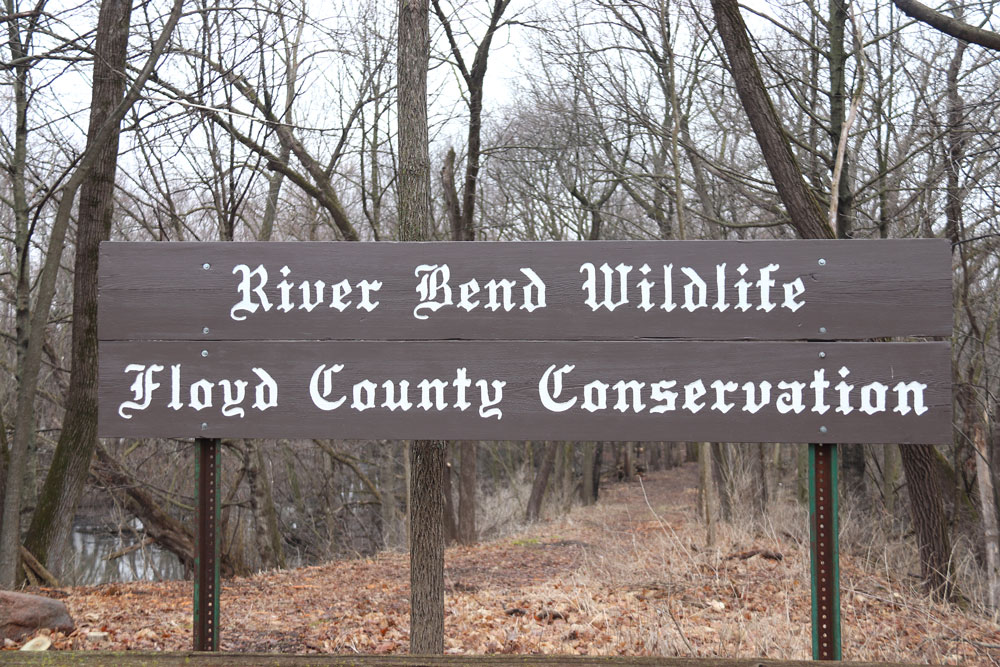
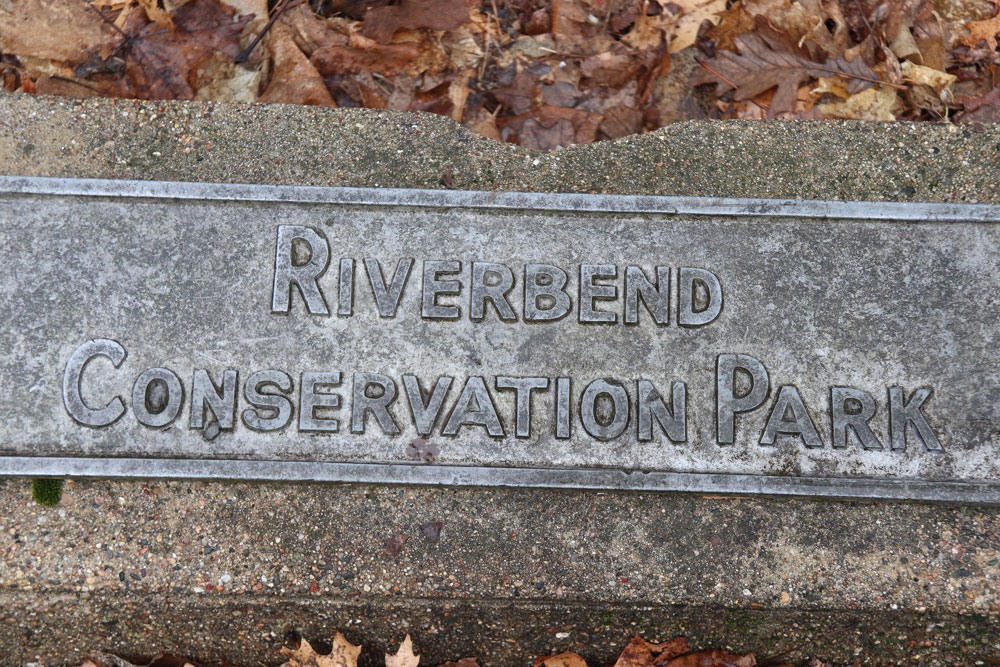
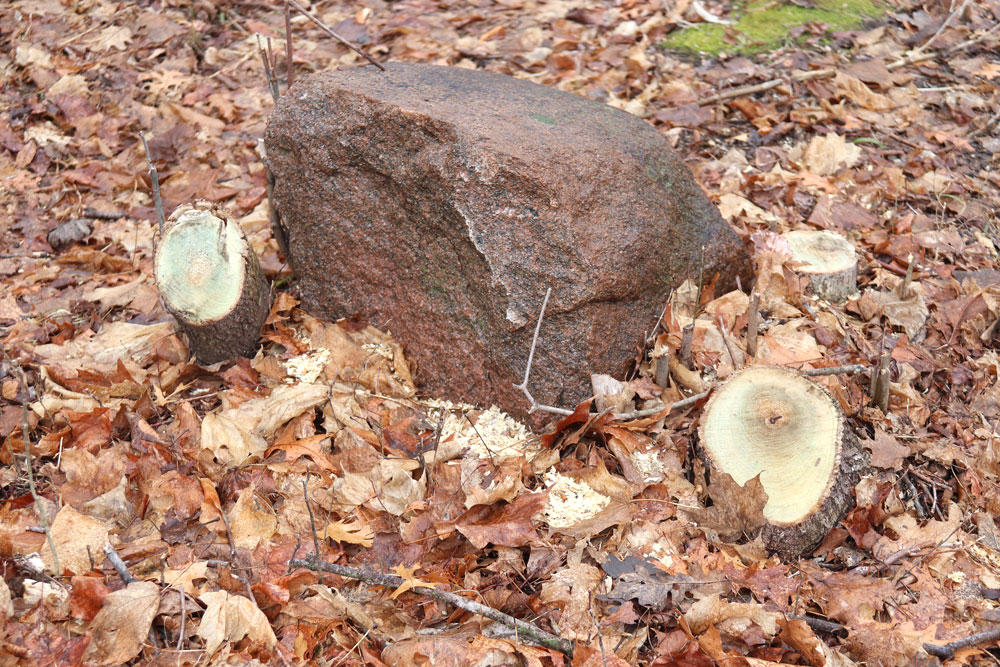
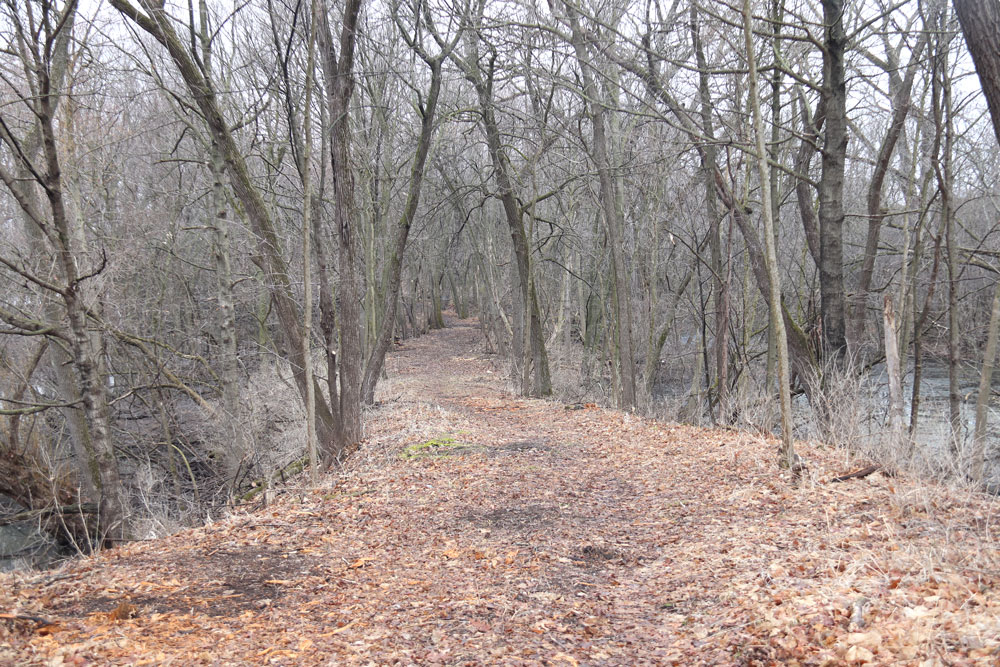
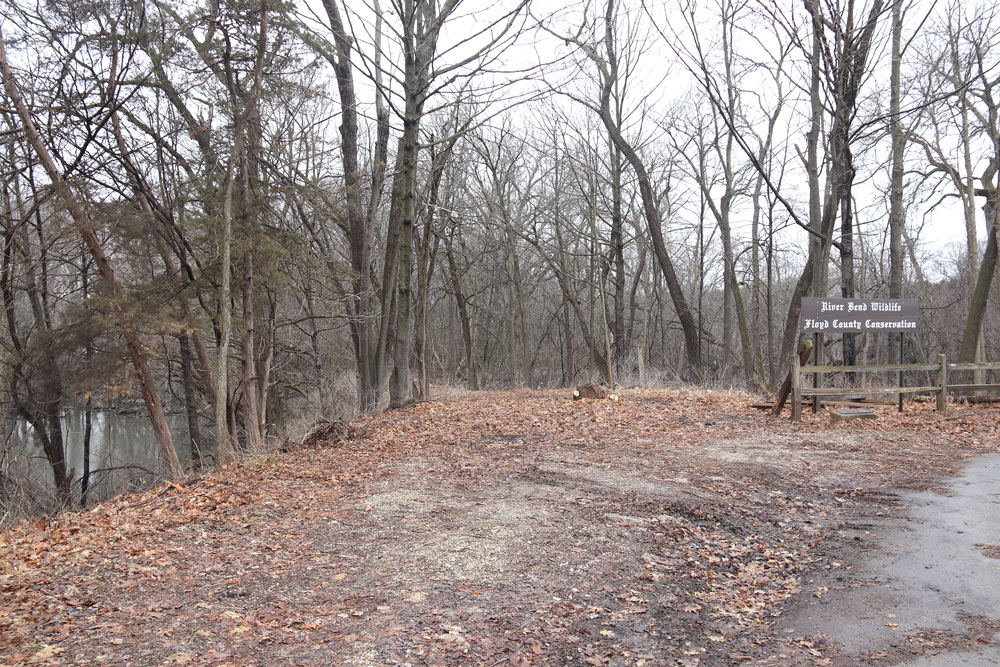
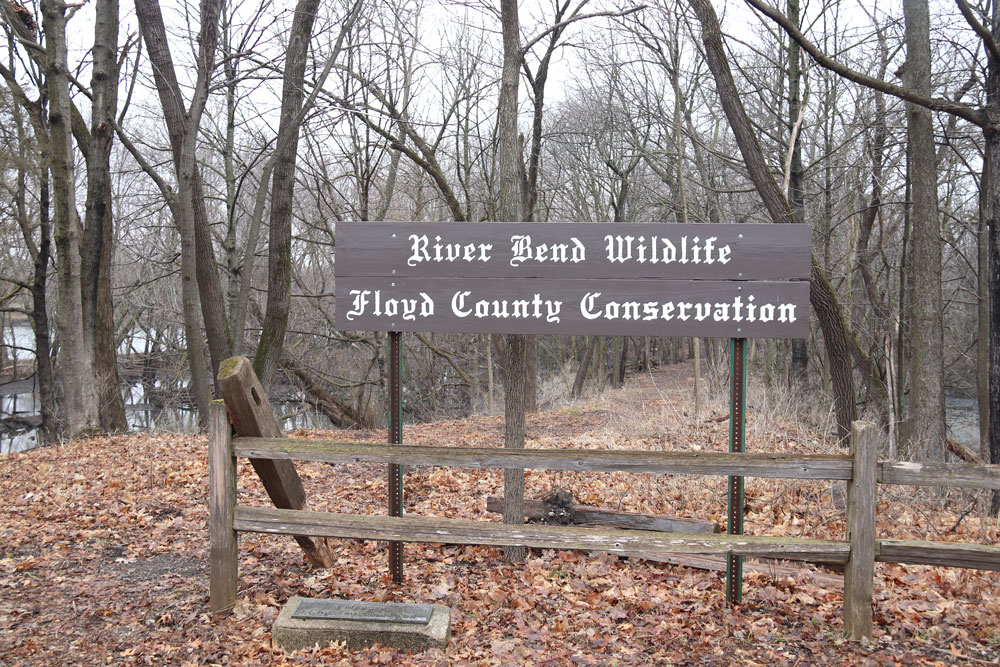


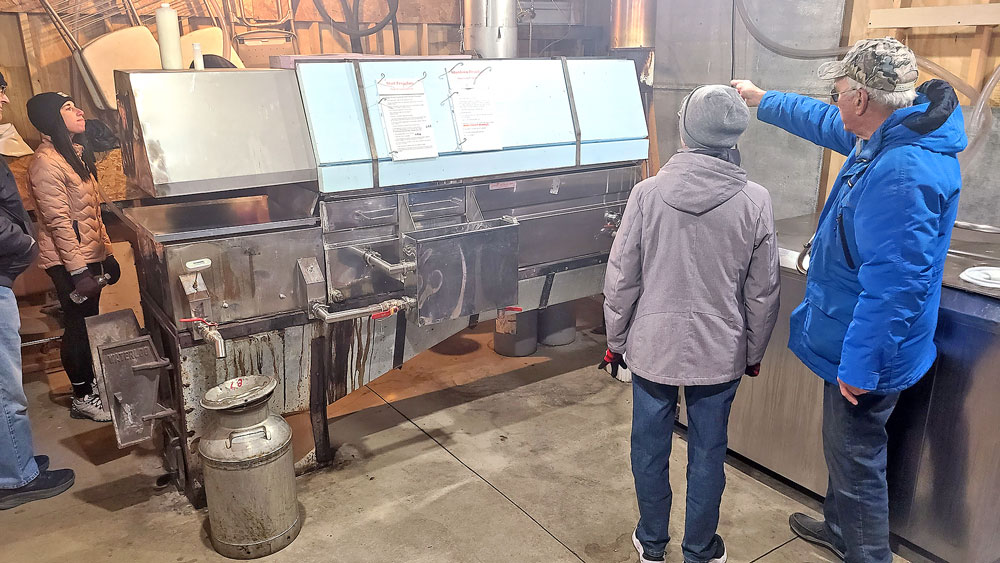
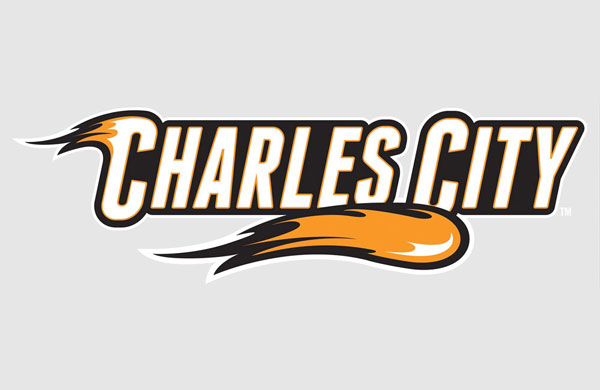
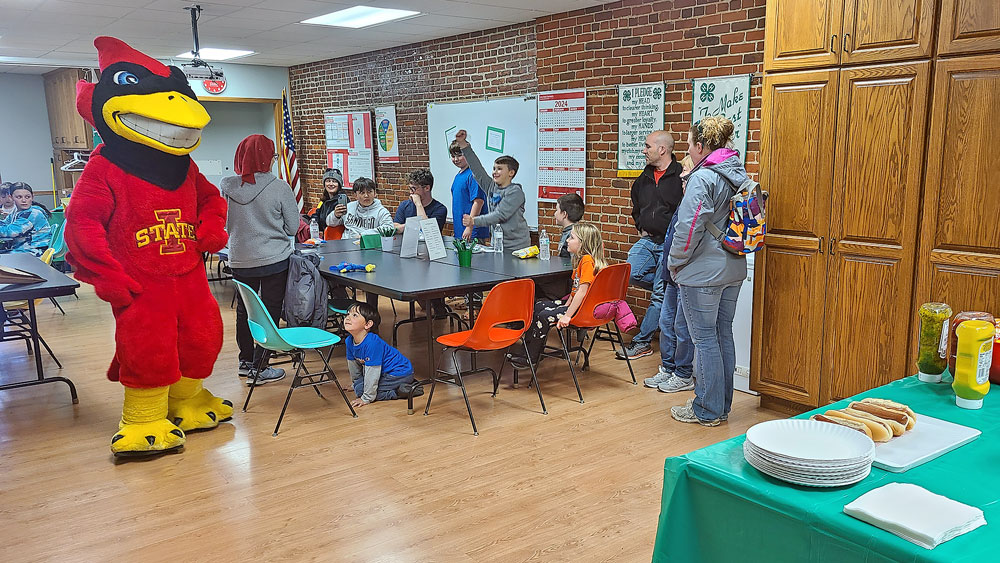



Social Share